Life at the historical site of the West-Berlin Airlift.
mehrParticle
There is a most popular site in Berlin that became an international attraction as a huge outdoor playground: it is the Tempelhof Airfield. It is a place that is all contradictory in its use, its emotional approach and its historical drama.
For a long time a symbol of the struggle between the political systems in the post-war order, the ‘Tempelhofer Feld’ today stands for the longing for nature and open spaces in Berlin's increasingly dense urban landscape.
Since I moved to this site, it also became part of my life, just as my home was part of the history – it can be seen in the well-known “Raisin bomber photograph” made by then New York Times photojournalist Henry Ries. Even if only as a backdrop of the airplane.
My work captures these multiple aspects of the site, it condenses them and grasps the complexity of the place. In doing so, it not only gathers the various particles of present and past use, but also points out, that each picture is only one particle of the overall pictue.
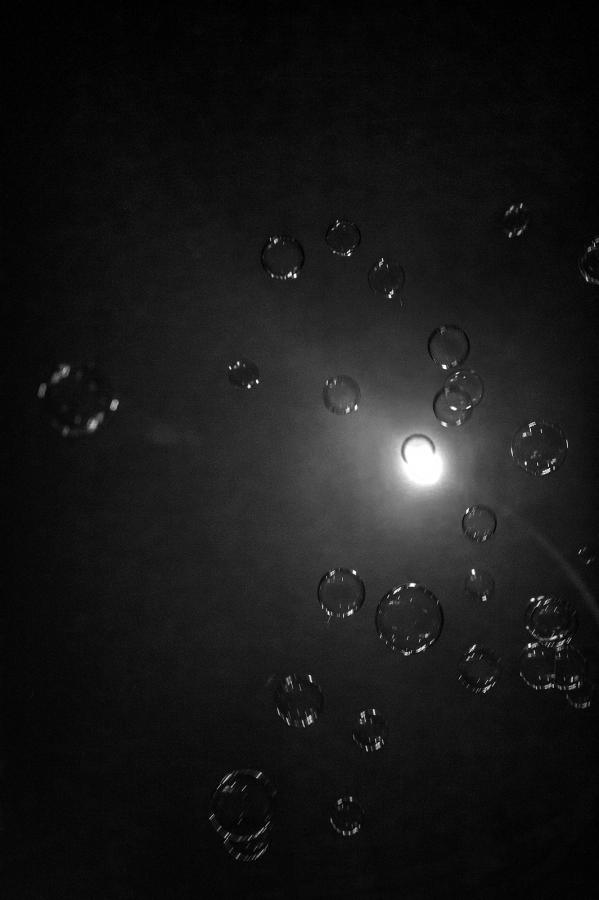
1 | 11
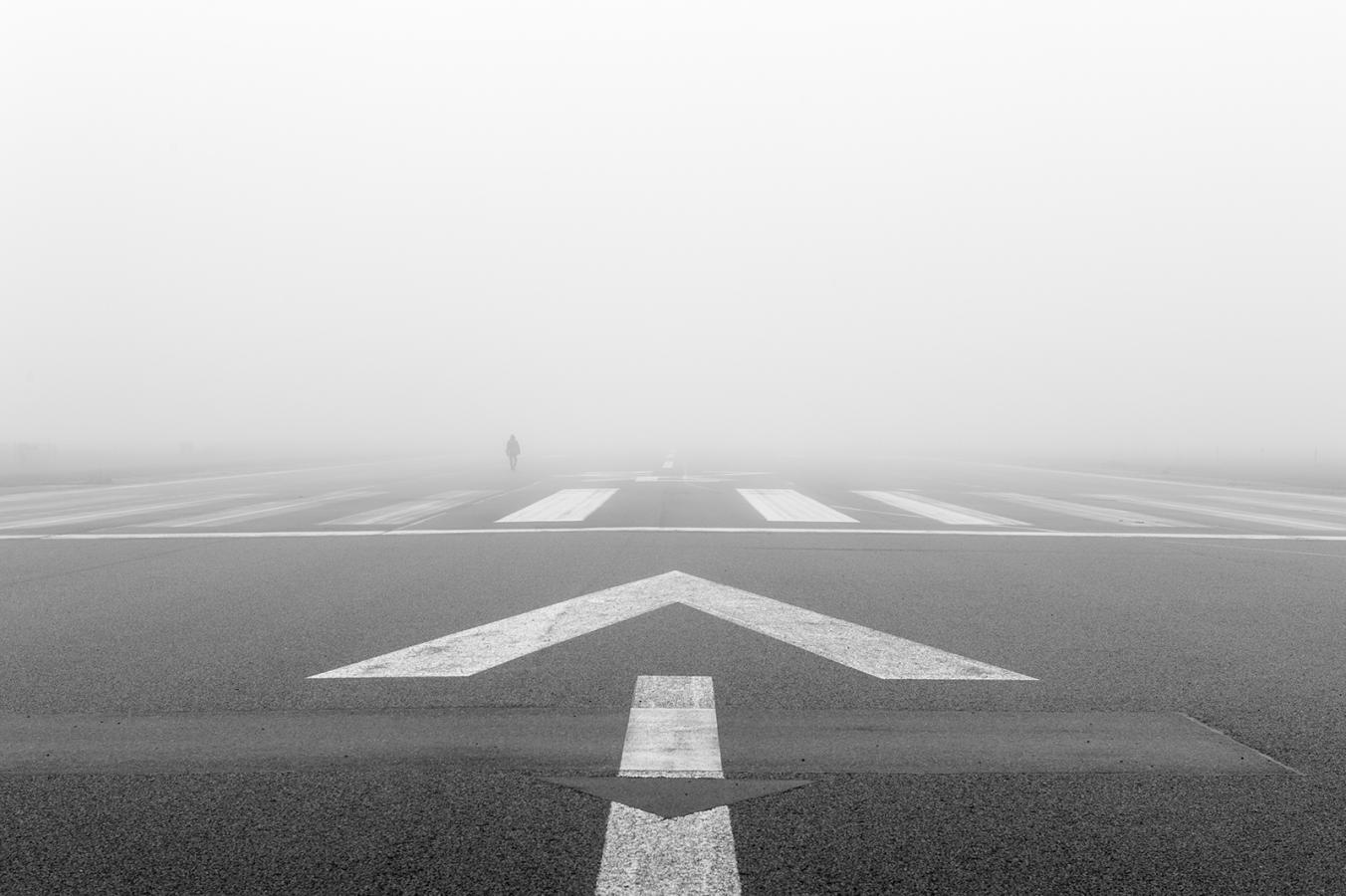
2 | 11
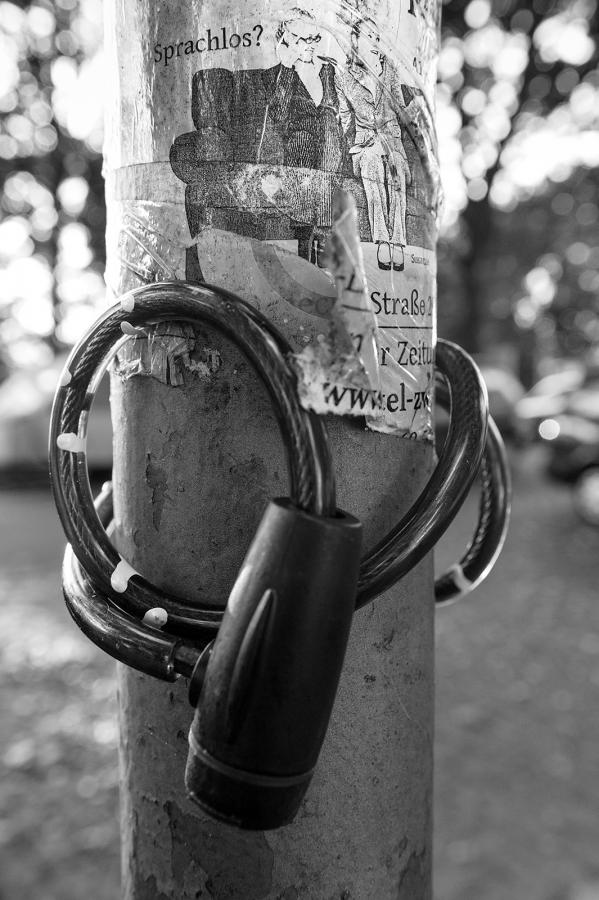
3 | 11
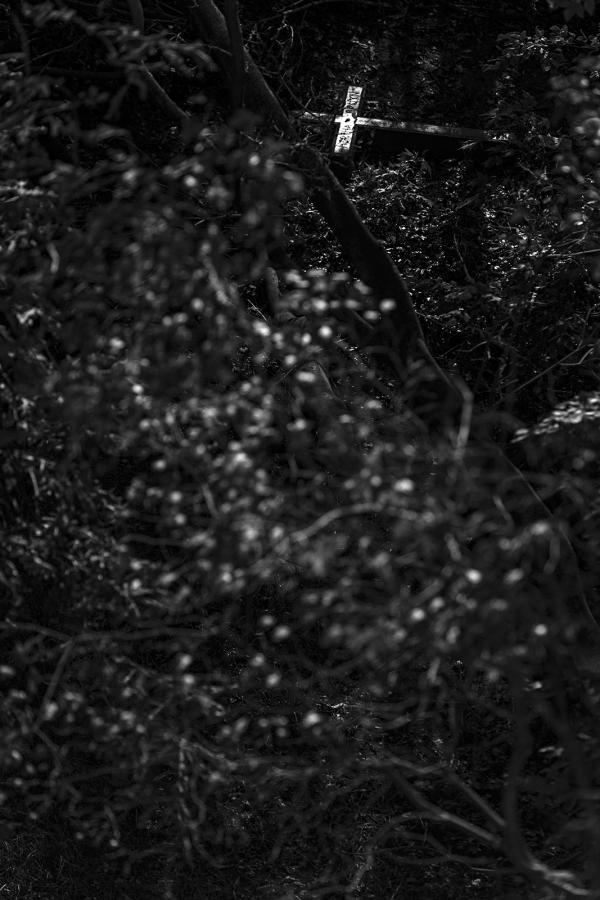
4 | 11
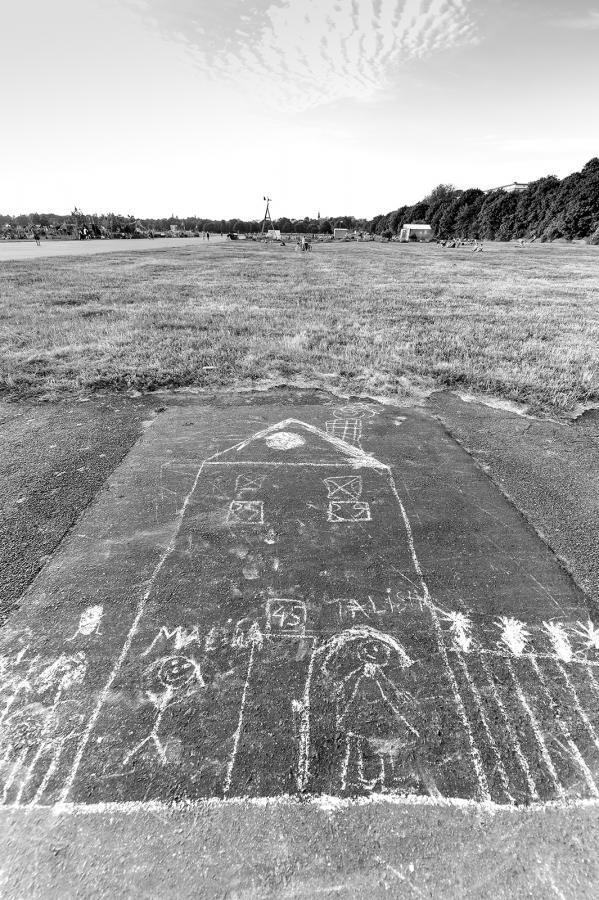
5 | 11
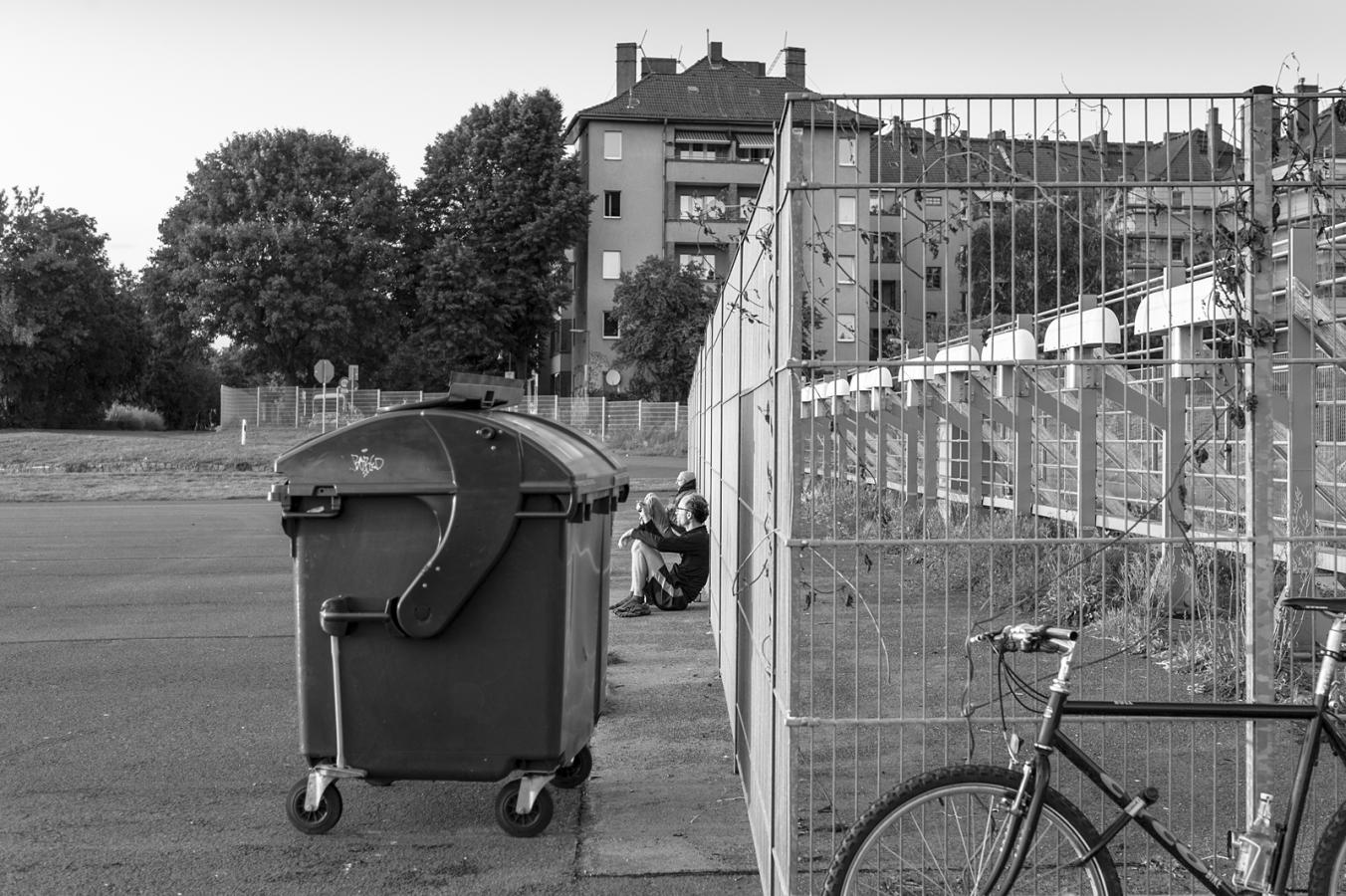
6 | 11
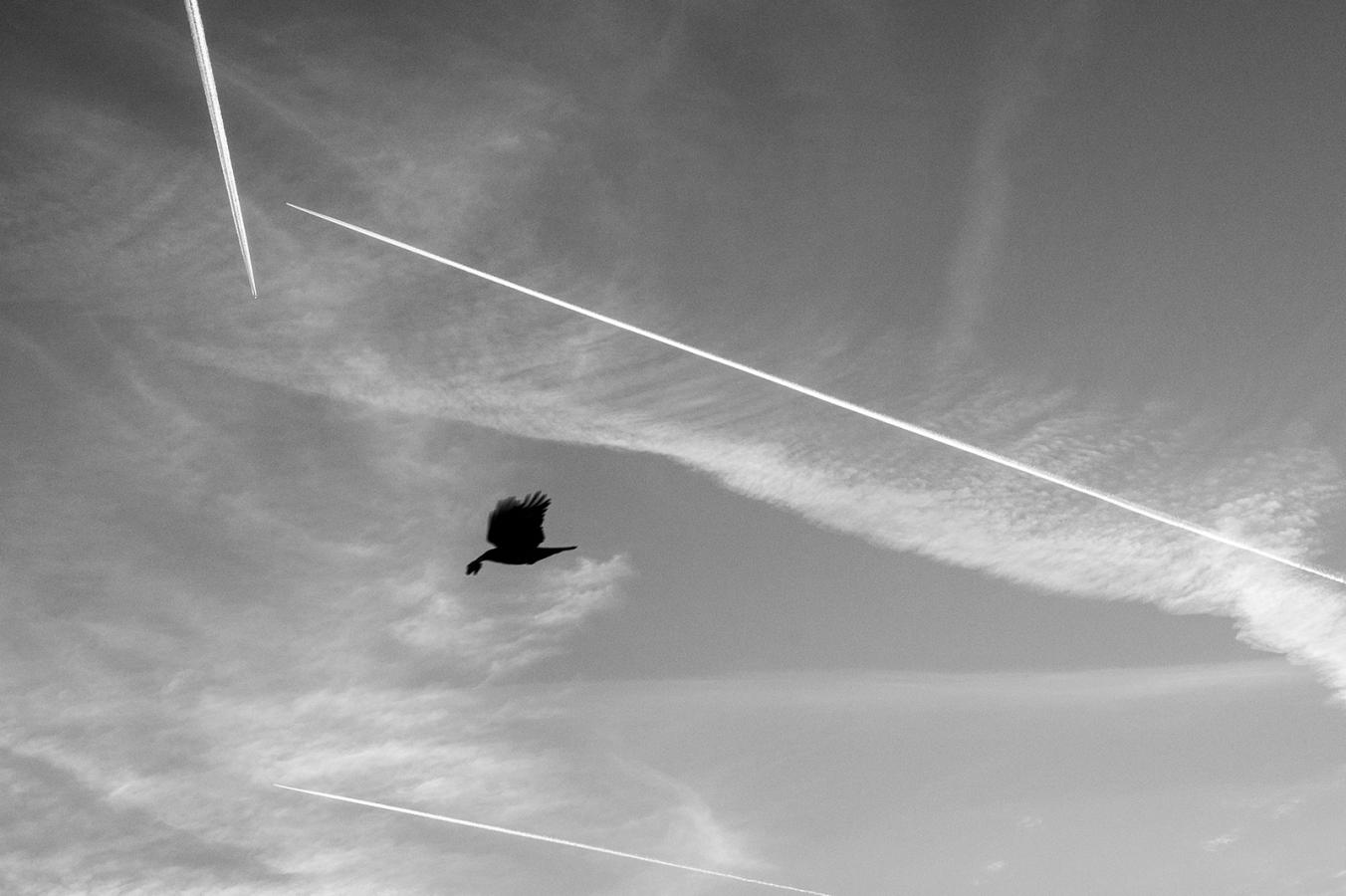
7 | 11
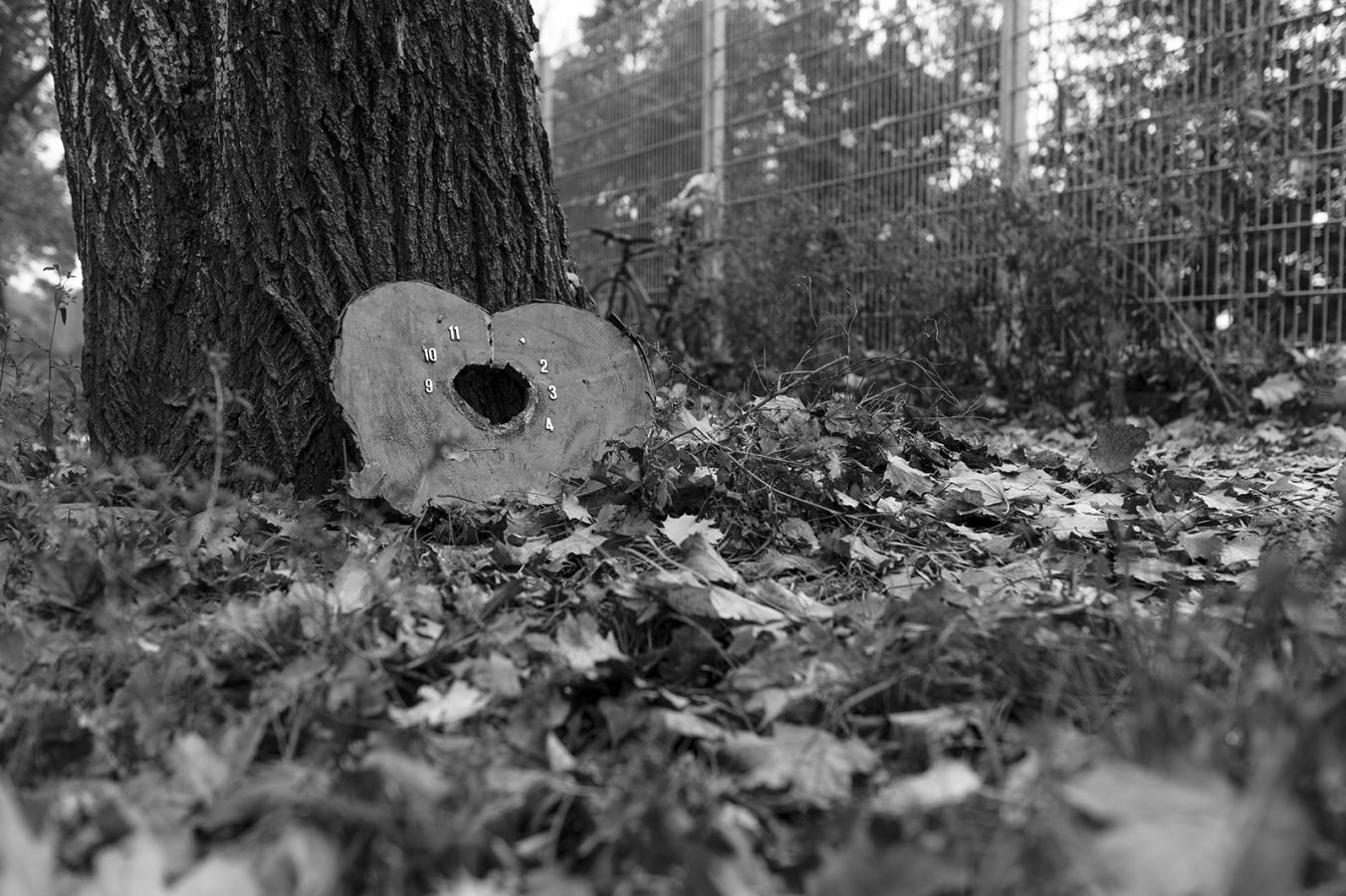
8 | 11
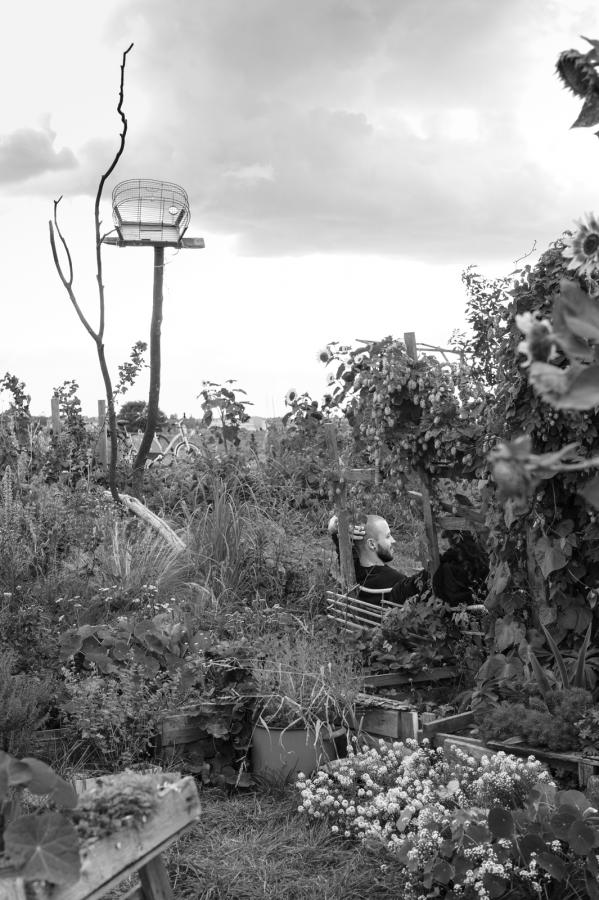
9 | 11
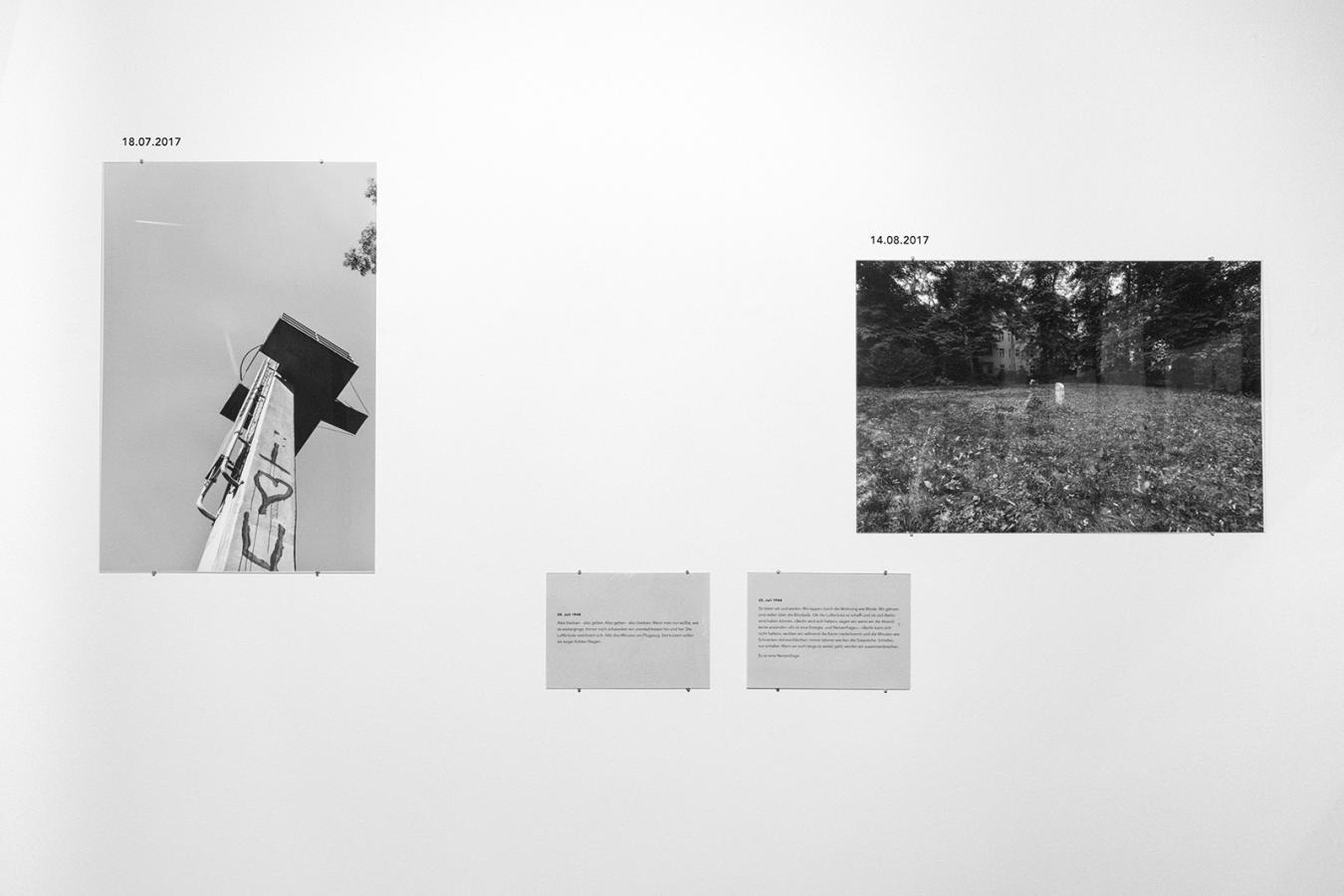
10 | 11
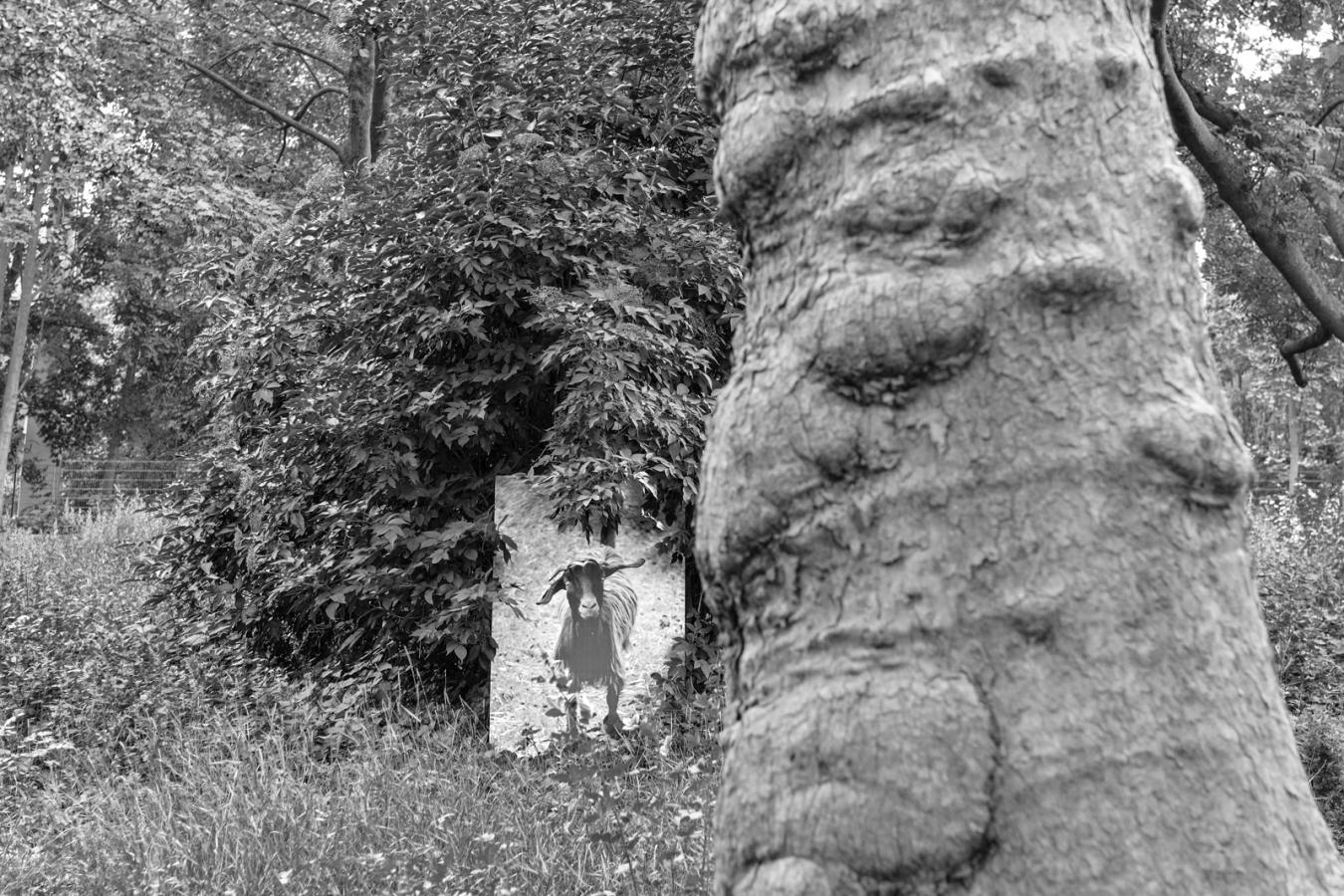
11 | 11

Dagmar Gester